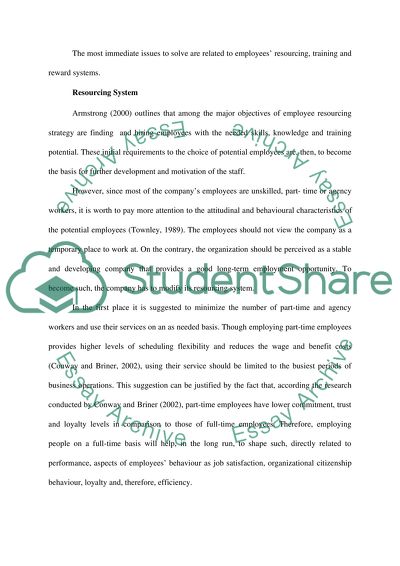Cite this document
(Improvement of the Companys Operations Literature review, n.d.)
Improvement of the Companys Operations Literature review. Retrieved from https://studentshare.org/human-resources/1468424-hrm-issues
Improvement of the Companys Operations Literature review. Retrieved from https://studentshare.org/human-resources/1468424-hrm-issues
(Improvement of the Companys Operations Literature Review)
Improvement of the Companys Operations Literature Review. https://studentshare.org/human-resources/1468424-hrm-issues.
Improvement of the Companys Operations Literature Review. https://studentshare.org/human-resources/1468424-hrm-issues.
“Improvement of the Companys Operations Literature Review”, n.d. https://studentshare.org/human-resources/1468424-hrm-issues.


